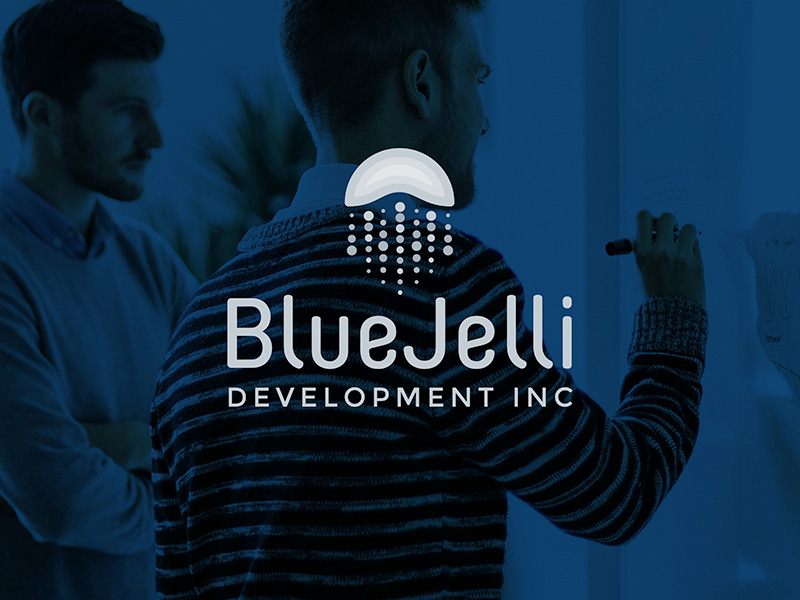Spellbrand Blog
How To Improve Your Brand Visual Imagery

When business owners look at their brand’s visual imagery, they usually perceive the obvious elements such as their logo design, stationery design, and perhaps a few other elements such as their social media channels and their website all of which simply have their logo slapped onto them.
In this article, I talk about how to improve our brand visual imagery.
But a brand’s visual imagery and general brand image goes much deeper than that. Successful brands create and use visual imagery that ties into human emotions and seeps deep into the various touch points that their target audience including packaging and campaign imagery. The way a brand’s visual imagery is created and utilised can either infuriate a customer base or dramatically increase sales.
Evaluate Brand Visual Requirements
A carefully crafted visual identity can unify a brand and communicate the right kind of message to the target audience. By evaluating and defining the key elements of your visual branding, you can ensure that your brand visual imagery is working for your brand and not against.
The key elements of your visual imagery are relevance, quality and consistency.
Relevance
Do the visuals align with and support your brand strategy and brand promise? Are they relevant to your brand message? Are they relevant to your target audience? These are the questions that need to be asked when evaluating your brand’s visual imagery.
Quality
Do not skimp on your brand’s visual imagery. If required, reduce the company beer budget and invest in getting high quality visual elements.
- Spend money on a professional logo design and brand identity. These are fundamental to your brand visual language.
- Invest in getting a professional website design. Businesses that skimp on their website always pay 100 times more in lost opportunity costs.
- Set aside a budget for custom channel branding of your social media channels. Do not succumb to the temptation of using the same visuals for all your social media channels.
- Avoid using free photos from the internet. Instead, invest in a decent stock photo subscription. Use high-quality images that stay true to your brand message.
Consistency
The biggest issue with most businesses is the lack of consistency regarding their brand’s visual imagery. Inconsistency can come in the form of logo usage, fonts and colors, type and style of photos, tone and voice of the messaging, and more.
Being consistent in your use of visual language is very difficult without an editorial overview of your content. At a minimum, identify one individual responsible for reviewing all your brand visual content.
Create solid brand identity guidelines and adhere to them strictly.
Create Brand Visuals
Creation of your brand visuals must be assigned to a professional who has experience and understands your brand message. Here is a list of the minimum brand visual assets you would need to build a successful brand.
Primary Brand Mark
This is your primary logo design which acts as the official symbol of the brand. It should follow the following principles:
- Your logo should be original and unique – An original logo is worth it’s weight in gold. The world is full of brands with cheap and uninspiring logos.
- It should be distinct – Your logo should be distinct not just visually but in terms of the feelings it creates and the emotions it stirs.
- It should be versatile – Your logo should be flexible and should work well at all sizes and in all media.
- It should be targeted – Your logo should be created for your target audience and not just for the stake holders or owners. It is not enough that you like your logo. Your logo should connect with your customers and potential customers.
- It should be memorable – Your logo should create brand recall and your target audience should be able to recognise it easily.
- It should be timeless – Your logo should not blindly follow the latest design trends because they are cool. It should be timeless and work for your brand for years to come.
Secondary Brand Mark
It is advisable to always have a secondary brand mark that would support your primary logo and enhance the brand message. The secondary brand mark can be utilised to create variety by using it on social media channels, packaging, menus and more. A secondary brand mark can also be used a watermark or a stamp. The possibilities are endless.
Official Brand Pattern
Every requires an official brand pattern that can be made up of elements from the primary or secondary brand mark or with design elements that are consistent with the overall brand language. An official brand pattern can used effectively on the website, package design, printed sales materials such as brochures and in the office internal decoration.
An official brand pattern creates a larger than life effect on the audience. When they encounter a subtle pattern that is strategically placed and repeated at various touch points, your audience will perceive the brand to be a solid one.
[vc_single_image image=”22881″ img_size=”full” alignment=”center”]
Create A Distinct Photo Template
Before you do anything else, it is crucial to identify and nail down a distinct look and feel for the photos you would use in your content marketing. This includes photos you use on your website, the blog, your social media channels and the brand print materials.
As suggested above, once you have signed up for a subscription with one of the popular stock photos websites, brainstorm and come up with ideas for design elements that can be added to the photos before publishing them. These design elements should make the photos distinct and one should be able to recognise a photo as belonging to your brand.
I understand that this is easier said than done but with a little planning and effort, it can be done. Here are a few ideas that can make your photos distinct:
- When posting content on your blog, for instance, pick photos that are not literal representations of the topic at hand. Instead try to find photos that abstractly hint at the topic. If for example, your topic is about competition, instead of a stock photo of business people in suits at the start line ready to run a race, post a photo of children competing for something.
- If you are posting a photo on your social media channels for Thanksgiving day, rather than the usual stock photo of food and thanksgiving related items, post a personal photo of your team sharing a pizza. It is o to get personal as long as the brand guidelines are followed.
- If at all possible, take photos of your product in contexts that relate to the topic you are writing about. That way, you can post photos that contain your product but only in the background or on the periphery and not salesy in nature. This can create a great connection with the audience.
- Create and use distinct photo filters that would identify photos that you post.
Here are a few examples of photos from the brand Lululemon. You can clearly see they have a consistent look and feel and composition as well as typography.
Where do you go to fill your lungs and clear your mind? #TheAirOutThere pic.twitter.com/uAmL0raXiF
— lululemon athletica (@lululemon) 20 November 2016
Throw caution to the wind. Just go #theairoutthere pic.twitter.com/GjAulJB3Mv
— lululemon athletica (@lululemon) 18 November 2016
Conclusion
This topic is quite a large one and this article may not do justice. However, there are other articles that I have written that cover other areas of improving your brand’s visual language including making your package design stand out, making your dull product interesting, creating powerful sales materials, creating a powerful publicity strategy, improving your brand message and more.
Featured Work
See Our Work in Action
Real brands, real results. Explore how we've helped businesses transform their identity.
Client Love
What Our Clients Say
Don't just take our word for it. Hear from the brands we've worked with.
Jenny Richard
Woods Of Fairfax
"Working with the team at Spellbrand has been fantastic! I spent time researching companies that would help me build brands for each asset that are all in different locations and more specifically build a brand that could help tell each of their unique stories. Spellbrand did just that. The process was easy. To provide them with my initial thoughts through a nicely-outlined input form they sent to me and they took that information and created a number of awesome designs. I was able to incorporate "the story" easily with a design we selected. I'm excited to get it into action and see what's in store for the next project. Also, each person I worked with has been super responsive, knowledgeable, and awesome to work with! Kudos to Mash, Mike, and Eva! I really enjoy working with you!"
Raymond Chen
RLC Global Archicom, Singapore
"SpellBrand was very accommodating from the beginning of the design process even when we had distinct design ideas, being architect designers ourselves. Jeff responded with many preliminary style options based on our initial sketchy ideas, enabling us to zoom in on the specific feel we were looking for. From that point on, it was just refinement and the final logo was in our hands in a matter of days. We have used SpellBrand on other logos for my clients projects."
Keep Reading
Related Articles

Apr 2, 2025
Social Media Marketing – The Ultimate Guide
An ultimate guide to creating your social media marketing and includes an explanation of how to use social media as well as how to implement campaigns.
Read More
Jan 2, 2025
How to Align Brand Identity with Customer Perception
How to Align Brand Identity with Customer Perception for Long-term Success
Read More
Sep 24, 2024
Building a Brand Strategy from Scratch
Creating a brand strategy from scratch is a complex, iterative process that requires a deep understanding of both your audience and the market. Simply.
Read More

